
Click Here for Full Screen Image - Click Here to Download Image
 | 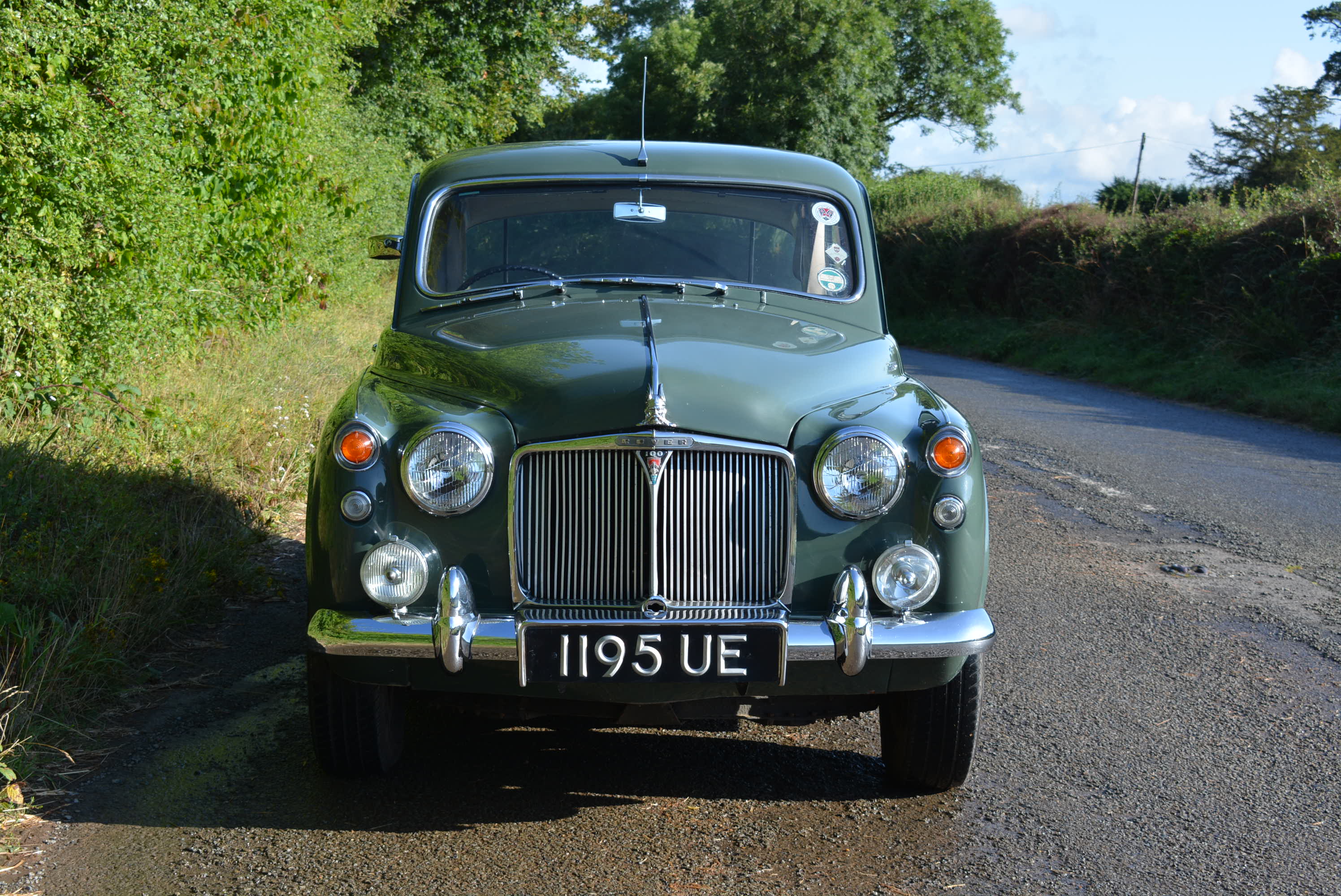 |  |  |  | |||||
 | 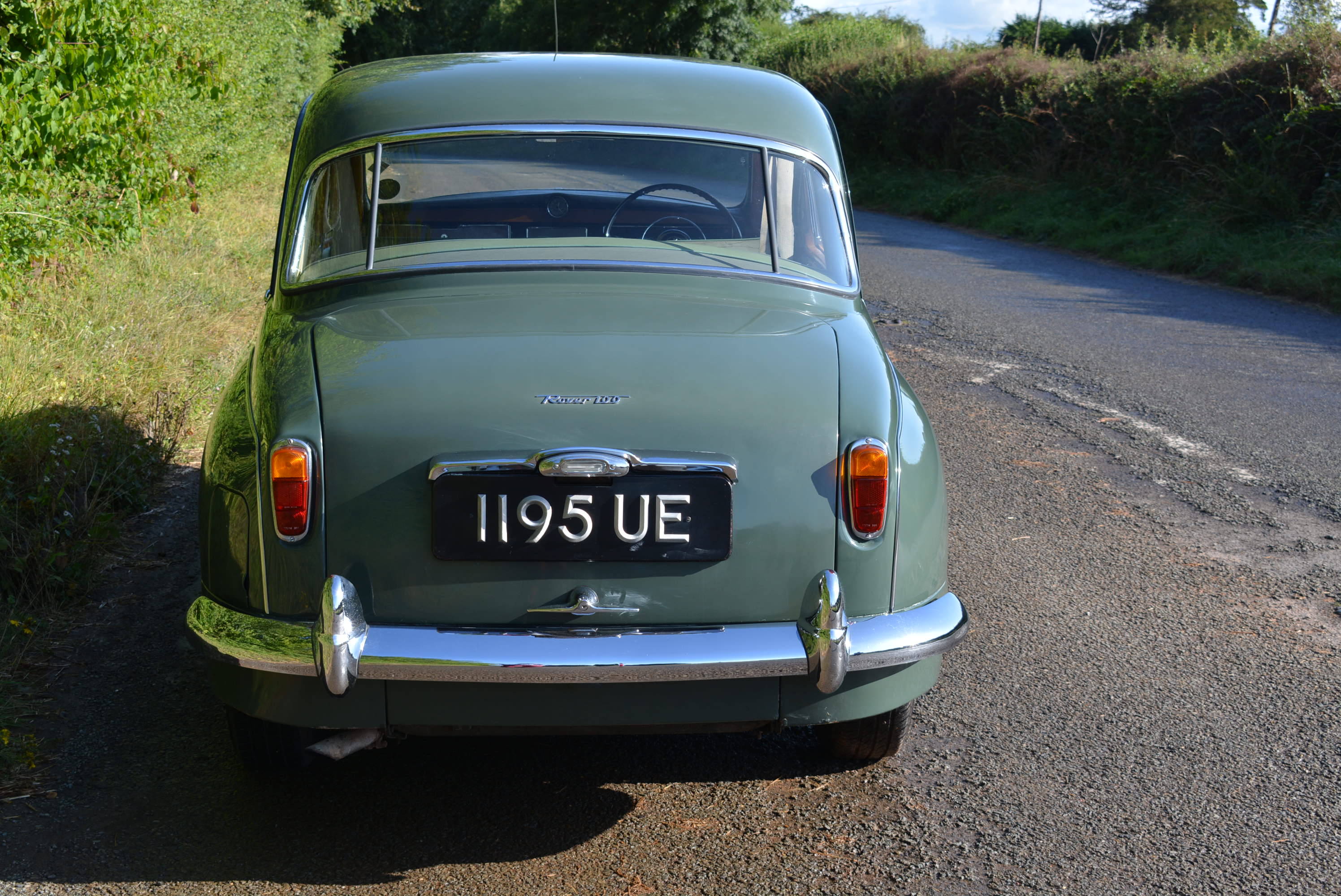 |  |  |  | |||||
 | 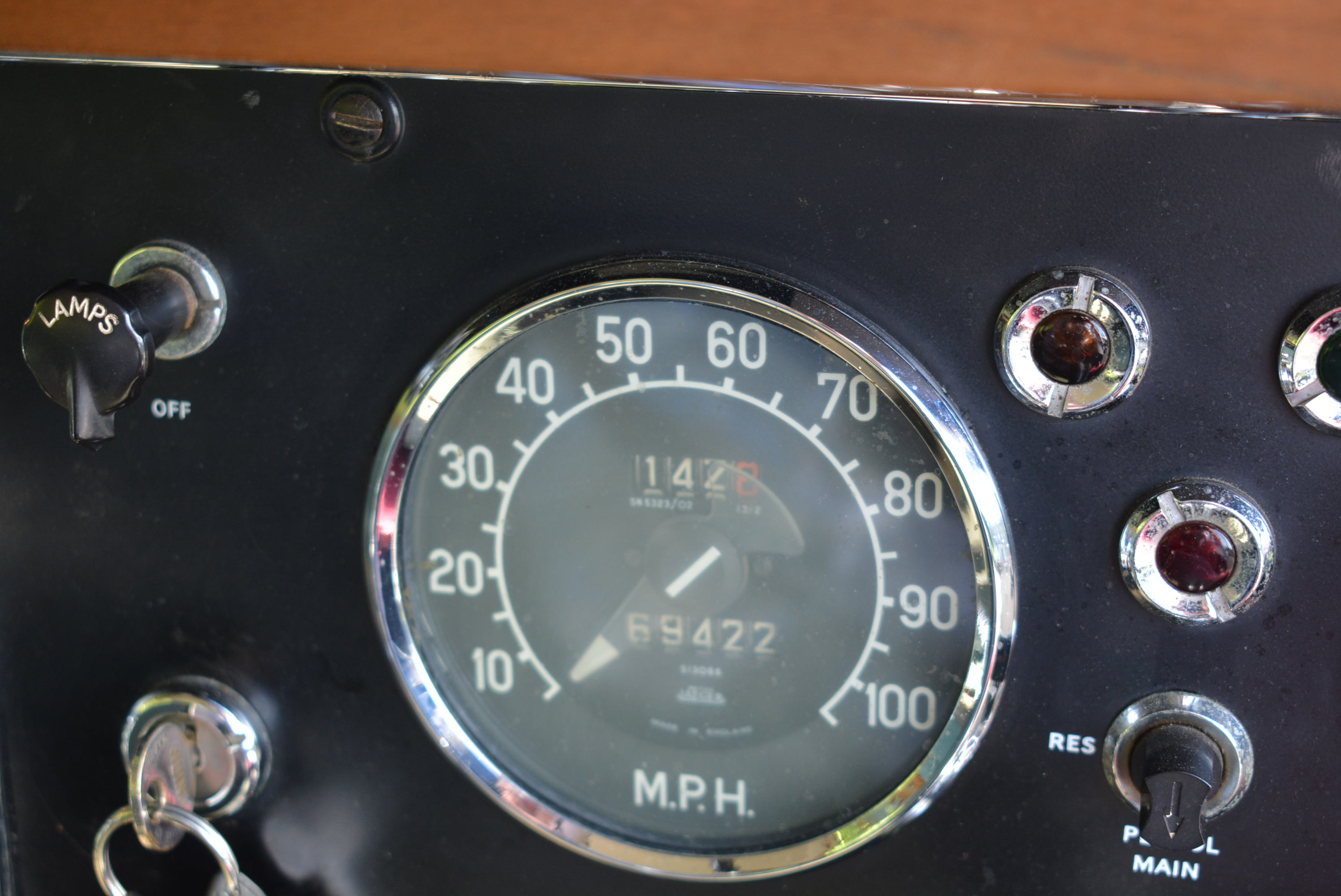 |  | 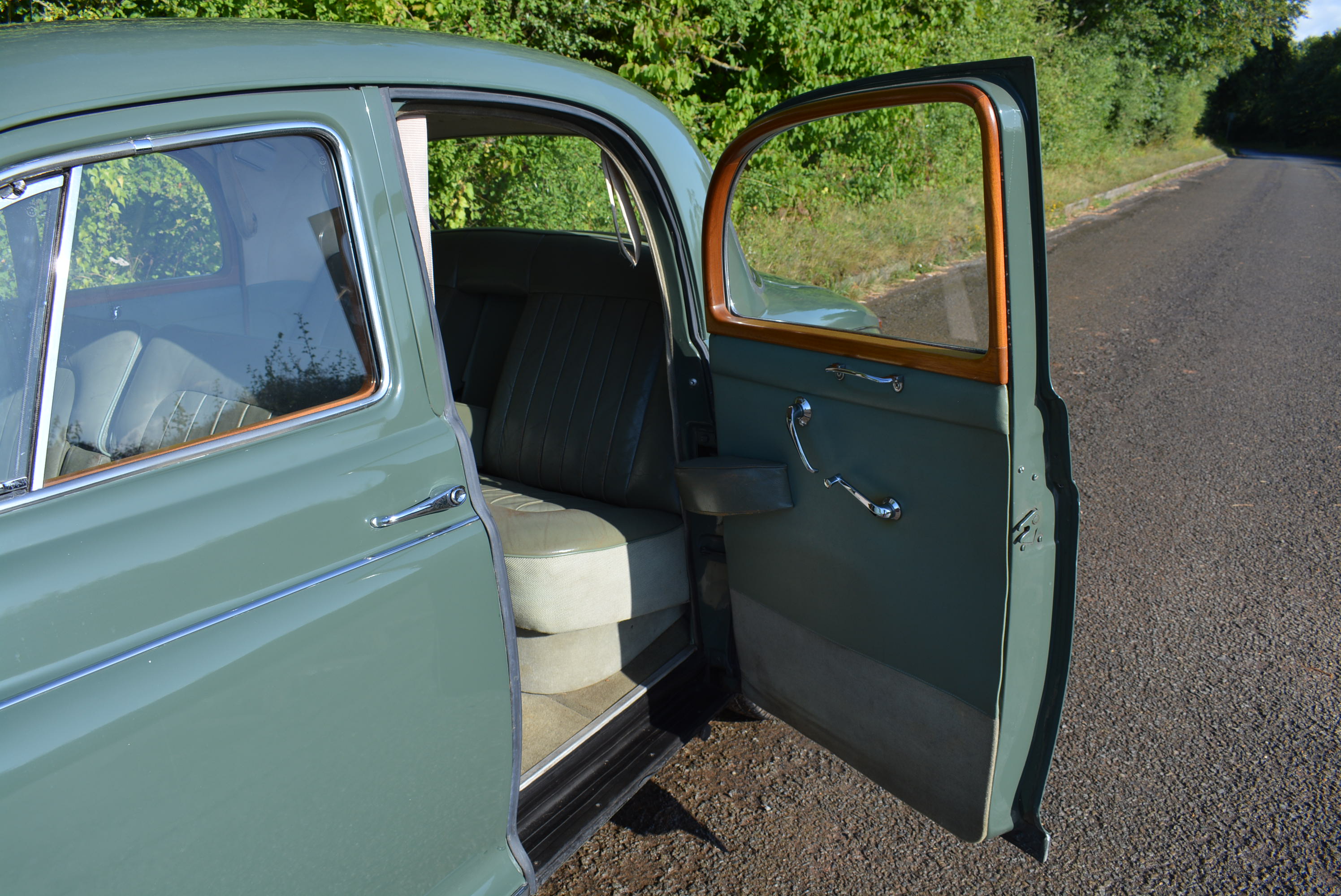 |  | |||||
 |  |  |  |  | |||||
 |  |  | 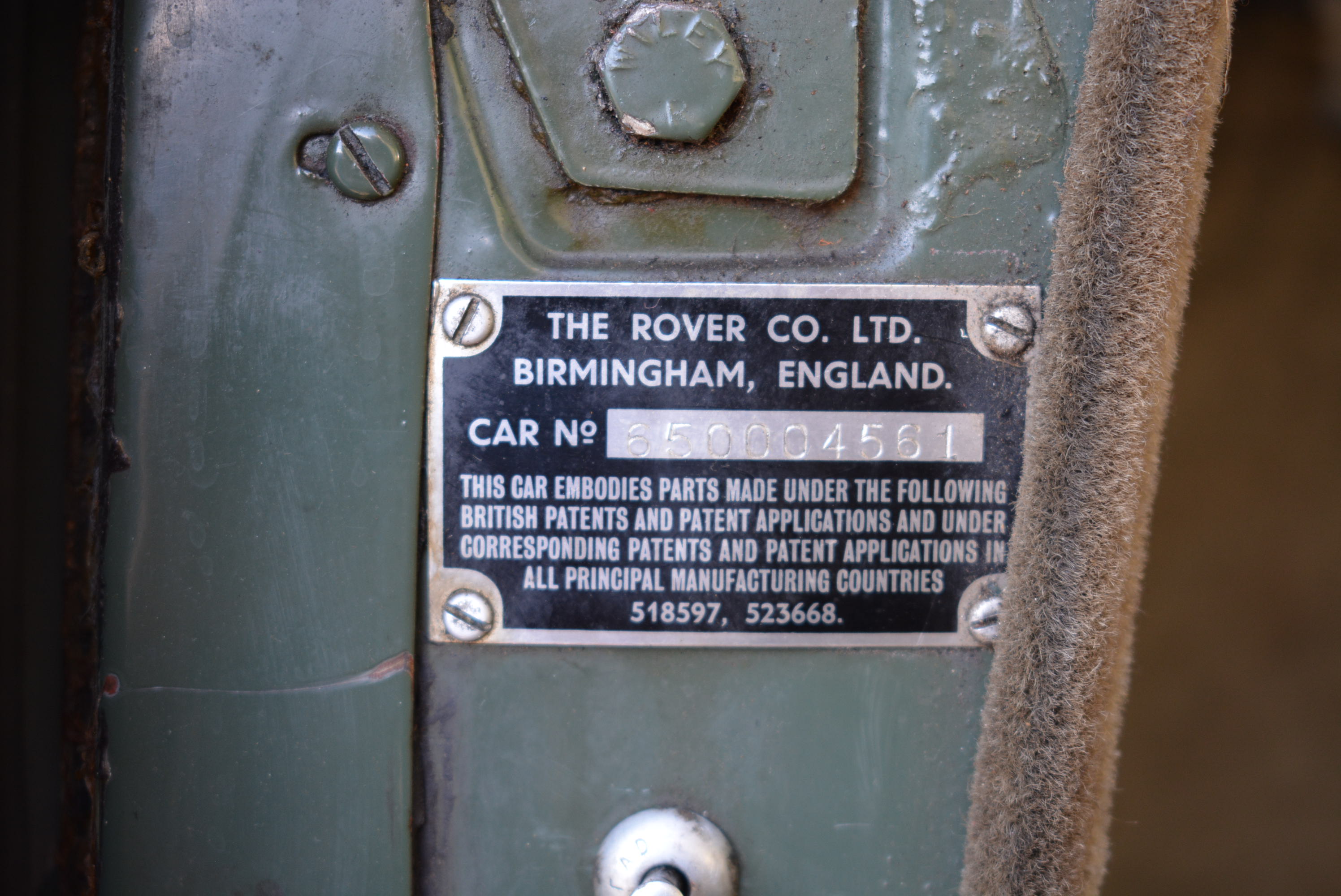 |  | |||||
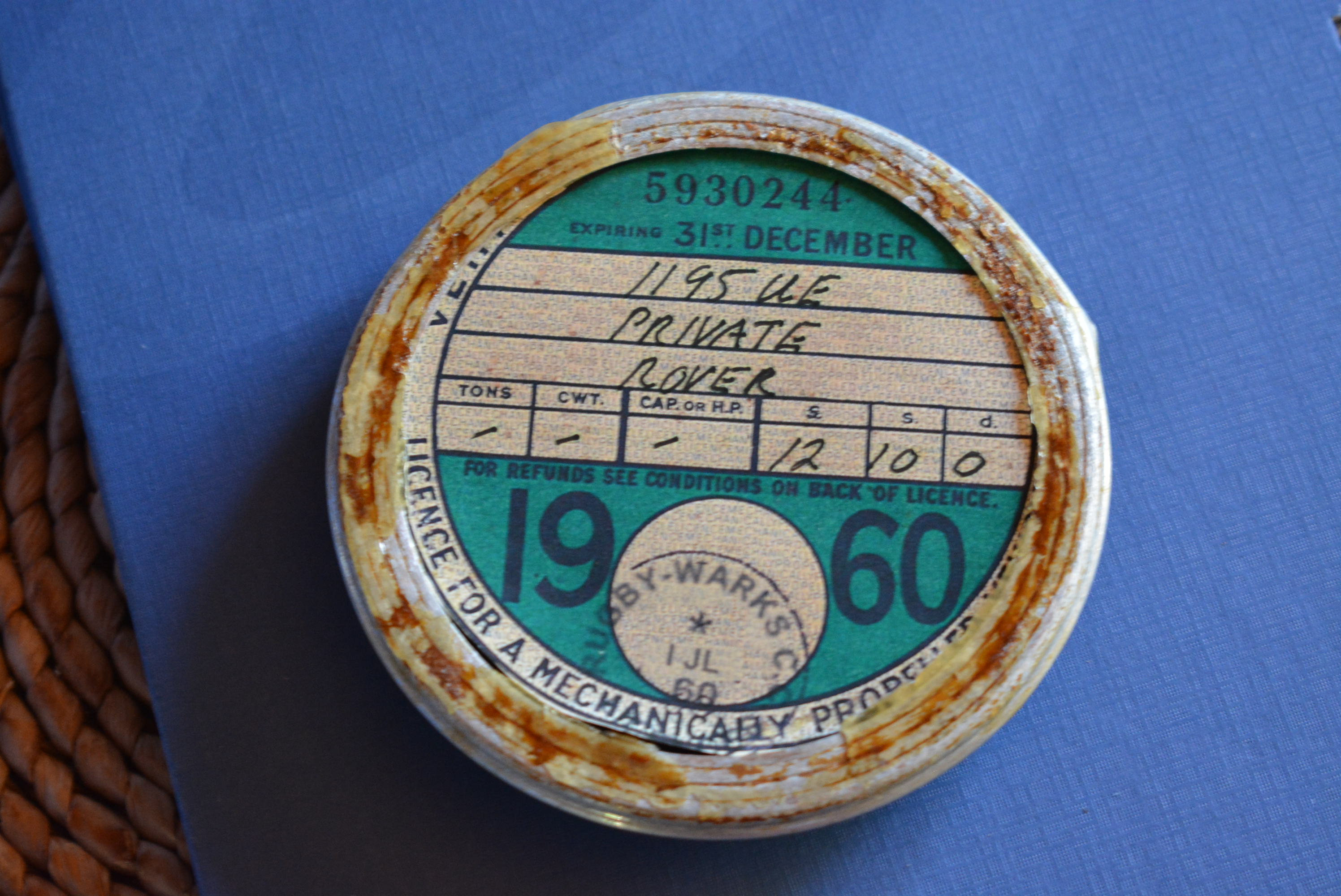 |  |  |  |
| Lot number | 65 |
|---|---|
| Hammer value | £9,520 |
| Description | Rover P4 100 |
| Registration | 1195 UE |
| Year | 1960 |
| Colour | Shadow Green |
| Engine size | 2,625 cc |
| Chassis No. | 650004561 |
| Engine No. | 650005632 |
| Documents | V5C; old style log book; buff log book; 37 old MOTs; handbook; bills; photos |
Incredibly strong, smooth and comfortable, the Rover P4 is one of the best-made cars ever to be mass produced on these shores.
In production from 1949 until 1964, it came in a bewildering number of versions, but all were excellent cars, furnished to a very high standard with plenty of wood and leather, that were enormously popular with the middle-class motorist.
Considered by many to be the ultimate development of the P4, the Rover 100 was produced from 1960 until 1962. A replacement for the Rover 90 and 105, it incorporated a number of changes inspired by the introduction of the new Rover 3-Litre (P5), the engine being a seven-bearing, short-stroke version of the 3-litre. Displacing 2,625cc, the straight-six developed 104 bhp and in conjunction with the four-speed plus overdrive manual gearbox gave a 95mph top speed.
To better cope with this extra performance, servo-assisted front disc brakes were adopted along with wider wheels. With its separate chassis, generous rubber body mounts and plentiful soundproofing, the 100 was noticeably quiet when compared to its peers and some 16,000 were sold before production ceased in 1962.
This impressively original 1960 P4 100 was delivered new to Mr Greenland of the Associated Electrical Company in Rugby. Ordered in Shadow green with Rush green leather interior, he chose the rare individual front seat option, HMV valve radio (still working today) and overdrive and clearly looked after his car very well.
After his death, the Rover passed to his widow who continued to use the car until she sold it to Brian Wheatcroft who was to keep the car for the next 35 years.
He did whatever was needed to keep it up to scratch, including a full engine rebuild in 1994 (performed by his motor engineer nephew, documented by photos and some bills on file), which may be some while ago, but just 8,000 miles have been covered since. An exchange radiator was fitted in 2012, along with the usual suspension components etc, all outlined in the large file of bills.
Wheatcroft, by now in his 80s sold it because it was becoming a bit heavy for him to drive, the vendor finding it completely irresistible (we can see why) when he spotted it, adding it to his already extensive collection of top quality, original vehicles. The mileage is still under 69,500 miles from new, the car having covered just 12,000 miles over the last 37 years according to the 37 old MOTs on file.
He has now realised the P4 was one car too many and with storage at a premium has decided that it must go. One of the most original and best examples we have seen, we understand that the paint on the bonnet, boot and roof is the original, it retains its complete set of tools, handbook, old style logbook and genuine 1960 tax disc. As a bonus, our vendor found the original Assembly Line Card under the back seat, giving the factory the details they needed in terms of model and colour etc when they built the car.
Still on its original (transferable) Warwickshire number on Blumells-stamped plates, it starts instantly and runs so quietly that you can hear the (working) clock ticking with the engine running – a bit like a mini Rolls-Royce, which the P4 was often called.
The overdrive works as it should and the car stops as well as it goes, which is fortunate as it will cruise at 65-70mph all day long. The car is an instant starter and ready to drive anywhere – it even comes with a box of P4 Drivers Guild magazines dating back to 1982.
We don’t think you will find a better, more original example. Values for good P4s have risen sharply of late, classic enthusiasts appreciating what was the best of British engineering.